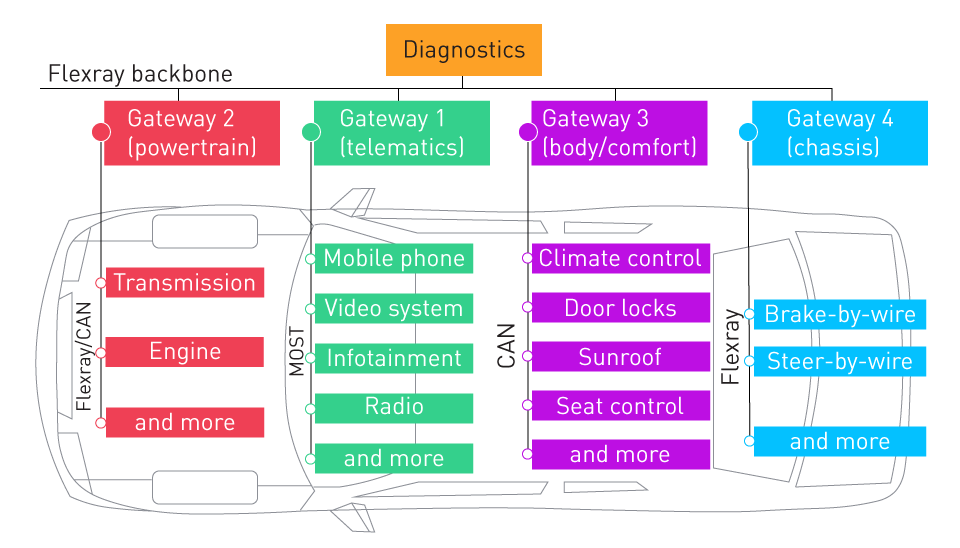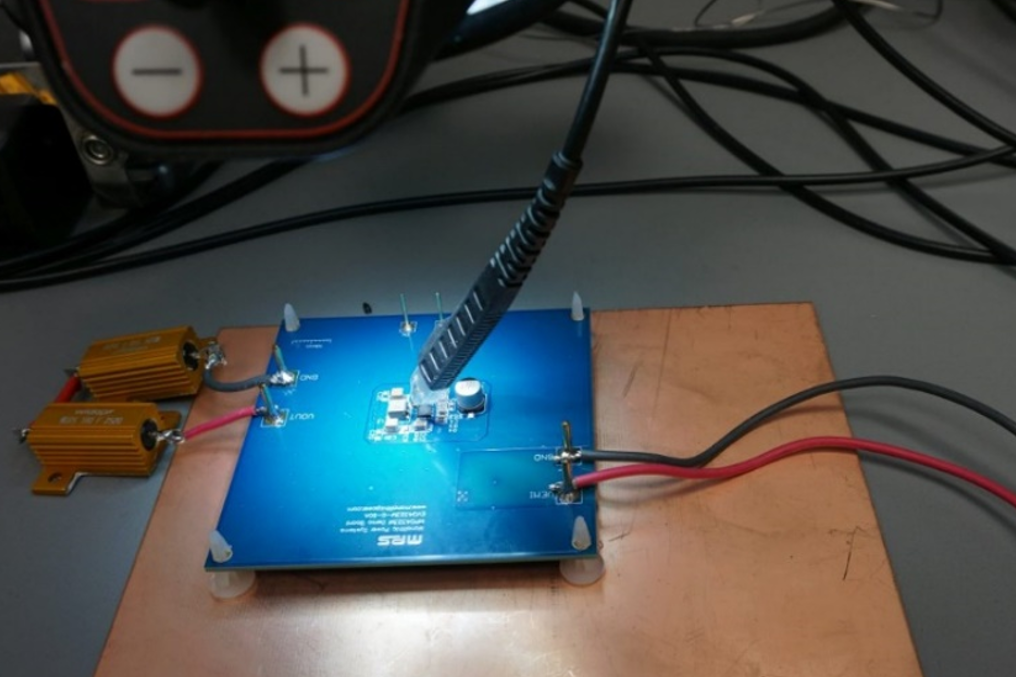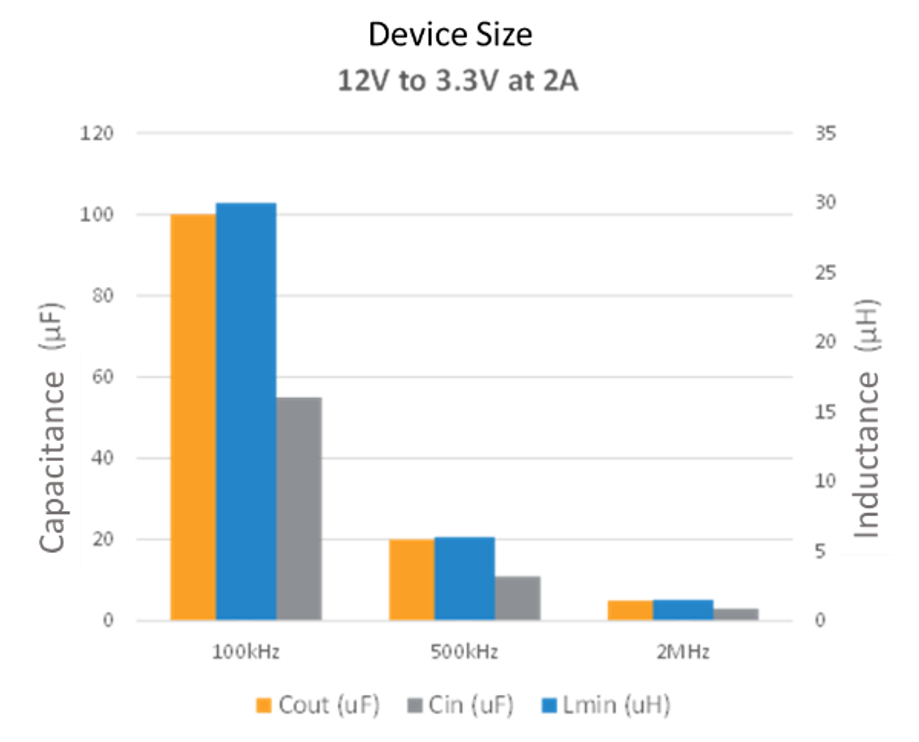Introduction to Automotive Networking
The rising need for intercommunication among multiple vehicle subsystems has become the reason for the speedy growth of the automotive networking. This section provides an overview of automotive networking, elucidating its core principles and tracing its progression from standalone systems to modern networked architecture.
Definition of Automotive Networking
The process of multiple electronic equipment and subsystems to intercommunicate with each other, enabled by interconnected architecture of a vehicle is known as automotive networking. It constitutes a comprehensive framework that harmoniously incorporates a range of components, including the Engine Control Unit, safety features, infotainment systems, and more. Data commands can be exchanged quickly via this network, permitting for structured performance, real-time replies, and expanded functionality.
Key Components
- Nodes: Individual electronic equipment that involve in the network.
- Data Bus: The communication channel that attaches nodes, and boosts the information exchange.
- Protocols: Systematic communication rules which make sure that devices can accurately interpret the data they exchange.
Historical Perspective: From Isolated Systems to Networked Architecture
Isolated Systems Era
Isolated and independently functional systems were used in the early stages of automotive electronics. This isolation results in the below mentioned constraints:
- Inefficiency: Every system necessitated its own dedicated control systems and wiring, resulting in heightened intricacy and expenses.
- Limited Interaction: Information sharing and coordination among systems were constrained, thereby, restricting their effectiveness and responsiveness.
Introduction of Basic Networking
The foundation of basic networking principles took root in the latter half of the 20th century, as a group of engineers at Robert Bosch GmbH embarked on the creation of CAN. The CAN is a novel serial bus system, signifying a pivotal transformation in the field. Shared channels let systems to communicate, resulting in:
- Integration: Numerous subsystems consist of more logical and unified function.
- Reduced Complexity: Shared resources streamlined redundancy and lessened the overall intricacy.
Modern Networked Architecture
Modern automotive networking has transformed into a complex, multi-tiered framework, defined by:
- Rapid Data Exchange: Speedy exchange of data can be caused by modern protocols such as Ethernet, CAN, and LIN.
- Modularity: Easy upgradation and customization are possible due to the system’s flexibility and scalability. For instance, A CAN bus is designed with a maximum allowance for up to 32 participants. Additional devices can be seamlessly integrated into a CAN network until this limit is reached.
- Intelligent Control: More accurate control and monitoring are allowed by the networked systems which leads to increased efficiency, safety, and user experience.
In the illustration below, we can see the role of automotive networks in combining different operations within a vehicle and how these operations are organized:

Figure 1: A depiction of modern vehicle network architecture
The integration and synergistic functioning of multiple electronic elements within a vehicle is depicted by automotive networking. The transition from standalone systems to a networked architecture mirrors a broader shift in automotive engineering, embracing greater intelligence, responsiveness, and connectivity in vehicles. To set the stage for future revolution in this rapidly growing field, various modern features and functionalities that are standard in contemporary automobiles are now supported by the principles of automotive networking. Exploring the complexities and potentials of contemporary automotive design and operation relies on a solid foundation established by understanding the historical context and fundamental definition of automotive networking.
Significance of Networking in Modern Vehicles
Modern automobiles display a remarkable blend of intricate design and seamless integration, where electronic components play a progressively crucial role. The development of networking in automotive systems is not merely a consequence of their growing complexity; rather, it has emerged as an essential tool for improving both functionality and performance. The critical role of networking in today’s vehicles is explained in this section.
Increasing Complexity and Role of Electronics in Vehicles
For multiple operations, the complicated systems of advanced vehicles depend heavily on electronics. Various aspects of this rising complexity are as follows:
Multiplication of Systems: A wide range of systems and subsystems such as infotainment, safety, engine management, navigation, and comfort systems are present in modern cars. These individual components come with unique electronic prerequisites and can seamlessly interact with one another.
Interdependency of Systems: Nowadays, systems frequently exhibit interdependency rather than isolation. For example, to offer optimal performance and information for the driver on the vehicle’s dashboard, the engine control unit must communicate with the traction control system and the instrument cluster respectively.
Real-Time Operation: For quick and dependable communication, many of these systems must function in real-time. For successful operation, the adaptive cruise control, braking system, and other safety-critical functions depend on split-second communication.
Demand for Integration: Modern consumers now demand seamless experiences that fuse navigation, communication, entertainment, and vehicle control into a suitable, user-friendly interface.
Without the networking that allows these systems to work in harmony, their complexity would be unmanageable. The monitoring, control, and optimization of these various systems are boosted by networking, making it an imperative element of today’s automotive design.
Enhancing Functionality and Performance Through Networking
Networking not only simplifies complexity but also actively improves both performance and functionality:
Coordinated Operation: Networking permits more intelligent, and coordinated functions, by allowing systems to communicate and work together. To offer a smoother, and more fuel-efficient ride, the engine, transmission, and suspension systems needs to collaborate with each other.
Scalability and Customization: Manufacturers can provide an extensive range of features and options through networked architecture. Customers have the flexibility to select from a range of packages or incorporate additional features like parking sensors and cameras into their vehicles. In many cases, these modifications can be seamlessly integrated into the existing network without any significant alterations.
Diagnostics and Maintenance: The incorporation of networking enhances diagnostic capabilities, enabling quick problem detection and resolution by mechanics. This, in turn, raises vehicle reliability and diminishes maintenance expenses.
Preparation for Emerging Technologies: Emerging technologies such as vehicle-to-everything (V2X) and autonomous driving are backed up by networking. Advanced and integrated networking solutions will be increasingly essential to support these evolving technologies.
The importance of networking in contemporary vehicles is paramount. With the continuously expanding role of electronics and the rise in vehicle complexity, networking has evolved as a crucial element for handling intricacy and boosting performance and functionality. Networking lies at the core of modern vehicles, enabling the seamless coordination of interdependent systems, assisting in diagnostic, facilitating customization, and making the path for future innovations. This essential component underpins the adaptable, advanced, and user-friendly nature of today's automobiles. Key to comprehending the challenges and opportunities encountered by automotive engineers in an age of swiftly advancing technology is a grasp of its significance.
Benefits of Automotive Networking
As electronic systems integration in vehicles advances, automotive networking's significance and advantages become increasingly evident and indispensable. These advantages include multiple facets of vehicle functionality, design, and overall performance. The major pros of automotive networking in today’s vehicles are explained in the below sections.
Centralized Control and Monitoring
Unified Management: By combining multiple subsystems into a suitable management system like Zone Control Units, automotive networking allows centralized control. Engineers and designers can now gain a holistic perspective on the vehicle's operation through this unification.
Synchronized Operations: Centralized control guarantees the seamless collaboration of various vehicle components, including the engine, infotainment system, and brakes. Enhanced vehicle performance and safety can be caused by coordinated communication among these systems.
Reduced Wiring and Cost
Less Complexity: Networking technologies simplify system wiring by eliminating the requirement for distinct wiring systems for each component, thus reducing overall complexity. Wireless networks, such as those used in BMS systems, are increasingly diminishing the need for traditional wiring.
Cost-Efficiency: Automotive networking can cut down manufacturing costs greatly, by reducing the count of connectors, wires, and harnesses.
Weight Reduction: Minimizing the wiring further leads to a reduction of the vehicle's overall weight, thereby, improving fuel efficiency.
Enhanced Diagnostic Capabilities
Predictive Maintenance: Integrating intelligent systems with automotive networking can provide predictive maintenance capabilities, alerting operators to potential failures in advance, thus preventing untimely incidents.
Consumer Insights: Along with serving maintenance requirements, enhanced diagnostics also offer crucial insights about usage patterns to the manufacturers of the vehicle to assist them in improving future designs.
Contemporary vehicle design and functionality have revolutionized due to the progress of automotive networking. Previously unattainable awareness and synchronization levels can be brought by it, via centralized control and monitoring. The scalability and upgradability guarantee the vehicle’s evolution with technological advancement, whereas the decrease in wiring and associated costs aligns with efficiency and sustainability objectives. The understanding of the vehicle’s health and its usage can be offered by enhanced diagnostics.
Beyond mere convenience, automotive networking plays a pivotal role in enhancing the adaptability, efficiency and intelligence of contemporary vehicles. As automotive technology advances and vehicles increasingly integrate, automotive networking will persist in fostering innovation and elevating the driving experience. For those involved in the fast-paced and technologically advanced automotive industry, grasping these advantages is imperative, be it in automotive design, engineering, or maintenance.







直接登录
创建新帐号